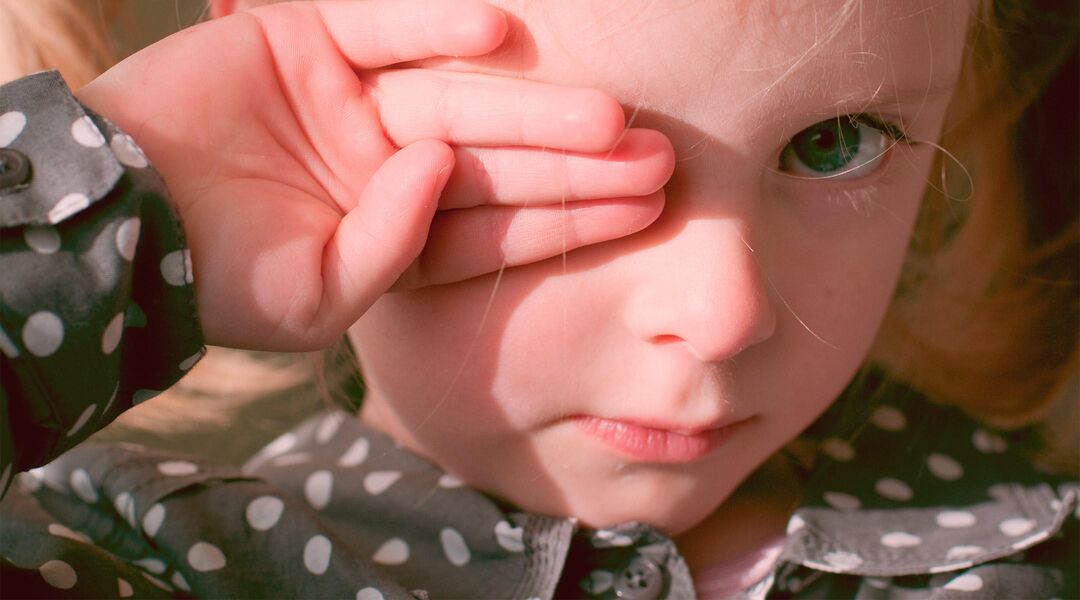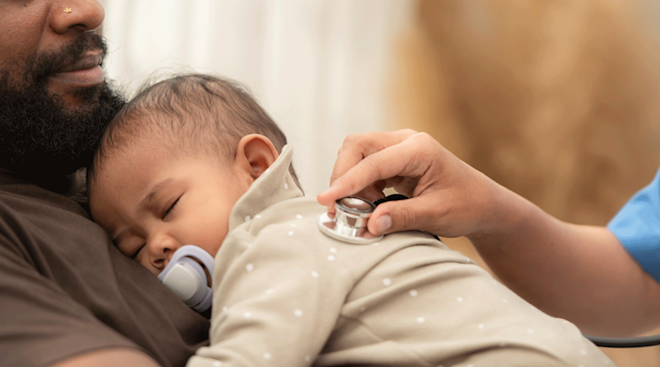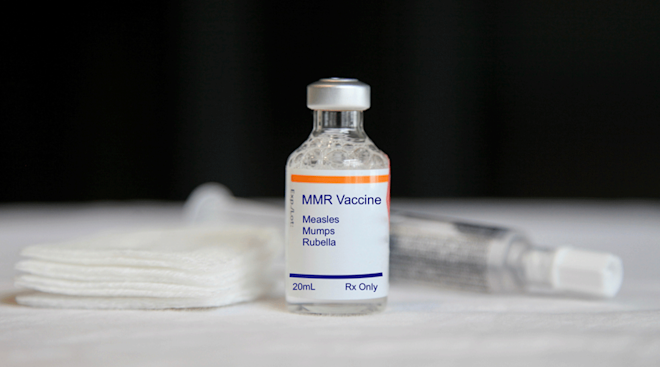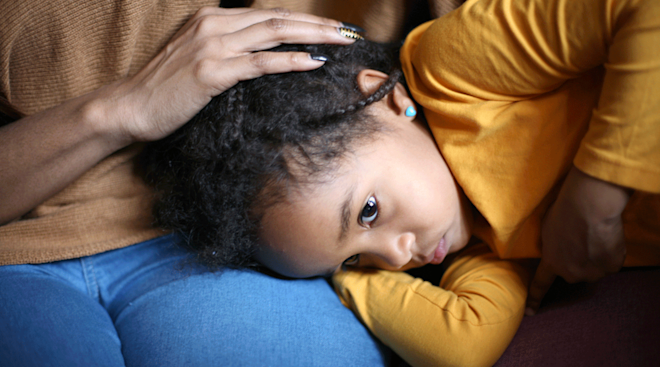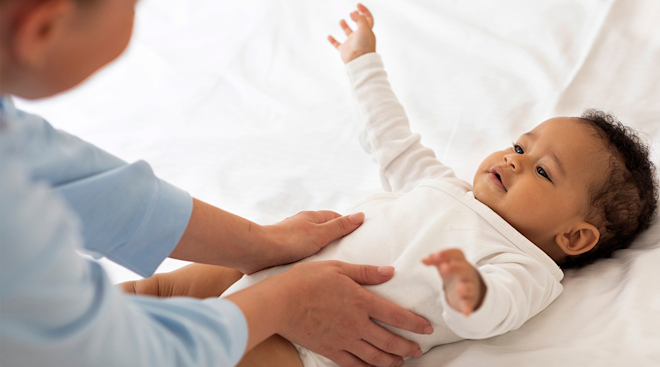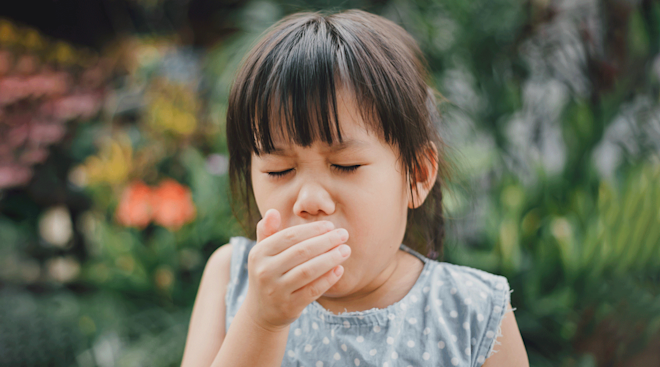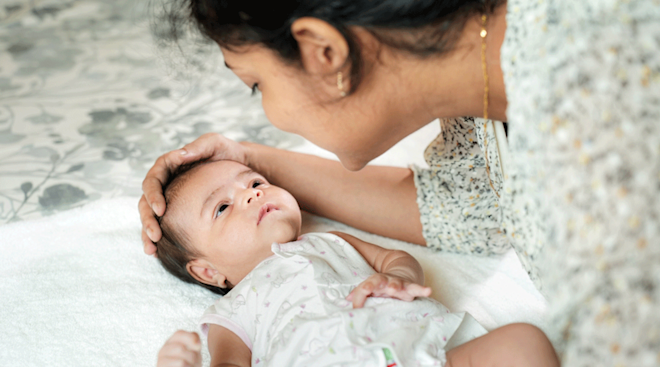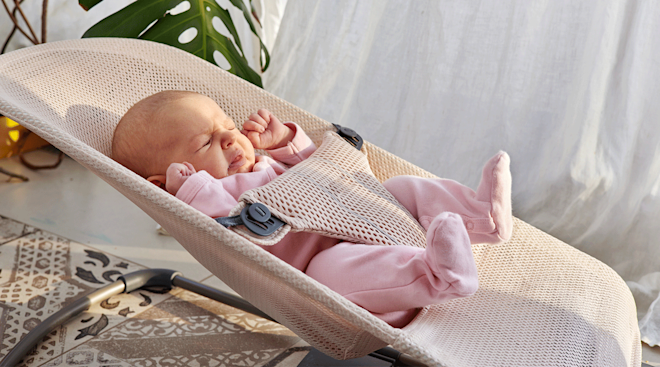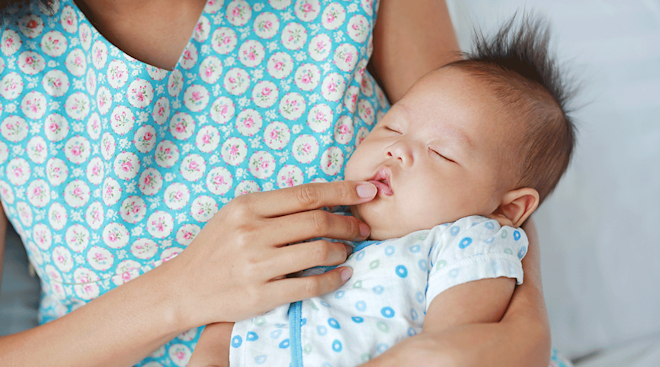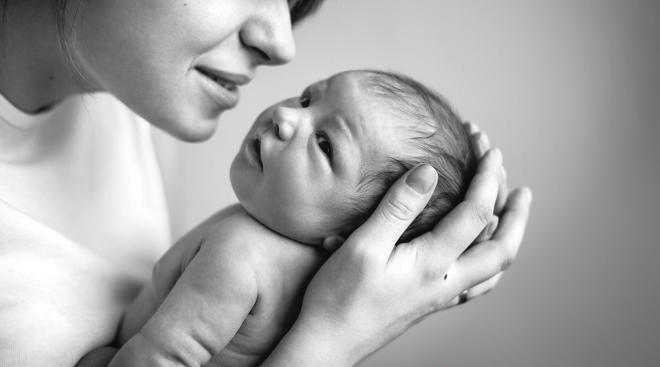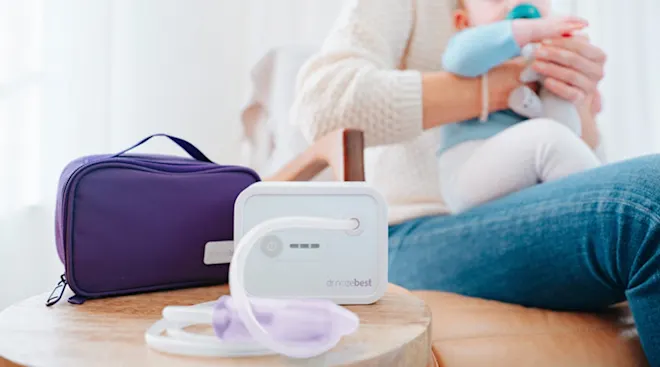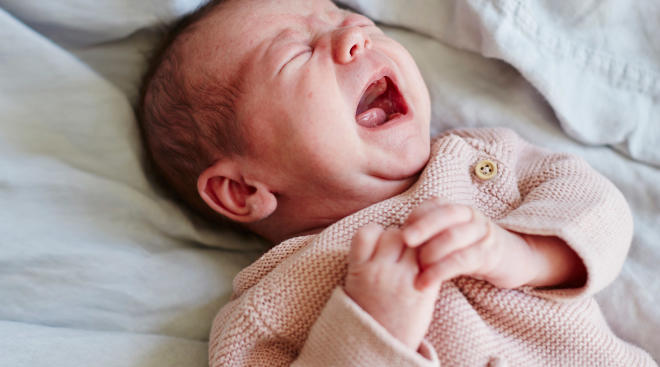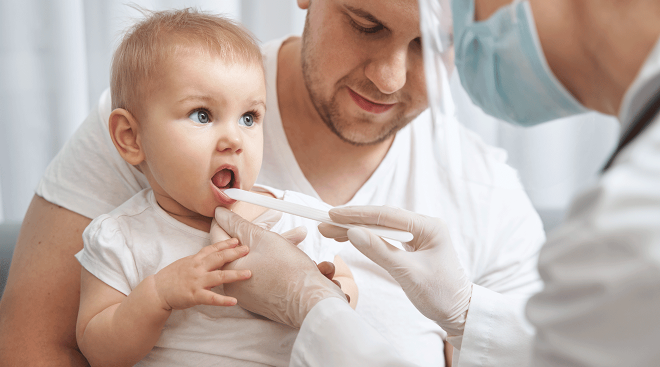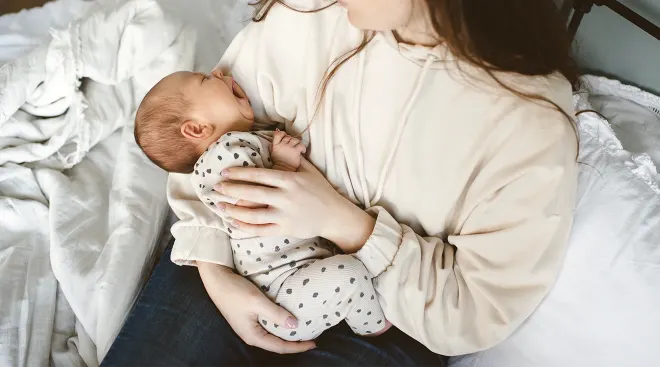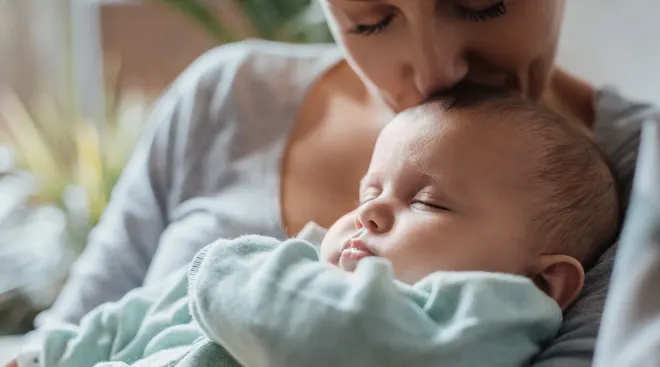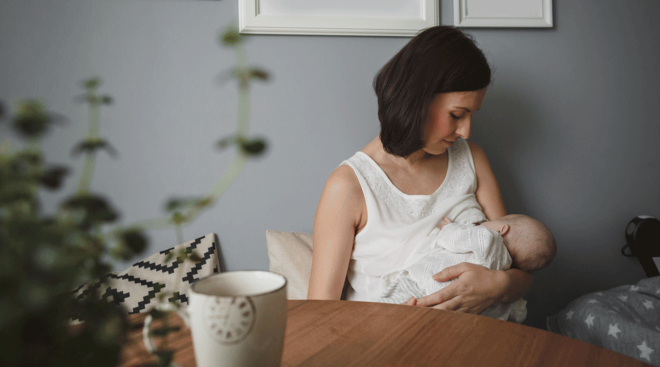Pink Eye in Babies and Kids: Symptoms, Treatment and Prevention
It’s a sight you don’t want to wake up to: your little one, miserable with goopy, crusty, bloodshot eyes. That’s what pink eye looks like—at least the most well known (and dreaded!) variety. But in fact, pink eye has many forms. Read on to learn about the different types of pink eye in babies and kids—and how to treat and prevent each and every kind.
So what is pink eye? Medically known as conjunctivitis, pink eye is an infection or inflammation of the conjunctiva, the clear membrane that covers the white part of the eyes. Basically, pink eye is a blanket term to describe a number of conditions that cause a child’s eye to become any shade of pink or red, says Jill Creighton, MD, assistant professor of clinical pediatrics and medical director of ambulatory primary care at Stony Brook University Hospital in New York. She calls it “more of a description than a diagnosis.”
If you’re wondering how do you get pink eye, know that most cases of pink eye in babies and kids are viral or bacterial in nature. But pink eye can also occur as a result of an allergic reaction or even a foreign objects or irritant that somehow got caught in the eye. All of these causes combine to make pink eye a common childhood illness.
Why newborns get pink eye
It’s hard to imagine a baby being born with pink eye, but it can happen. In fact, pink eye in infants is quite common, because newborns are actually more susceptible to pink eye than older kids. They have immature immune systems and, often, blocked tear ducts. Newborns can also contract pink eye after a vaginal birth if the mother has a sexually transmitted disease, though normal bacteria in the vagina can cause conjunctivitis in babies too.
The most obvious of all pink eye symptoms is, of course, a pinkish hue in the eye. Depending on what type of pink eye baby’s dealing with and how sensitive his eyes are to the irritation, baby’s affected eye may appear anywhere from light pink to completely bloodshot and nearly swollen shut. Although pink eye may start in only one eye, it often spreads to both pretty quickly as a result of baby rubbing his irritated eye. Pink or red eyes aside, you’ll see other symptoms as well, and they vary depending on the cause:
• Bacterial pink eye symptoms. With a case of bacterial pink eye, you’re going to see thick, fluorescent, yellow/green goopy stuff coming out of baby’s eye. This thick discharge is a sign of the infection, says Steve Silvestro, MD, pediatrician and host of The Child Repair Guide podcast.
•Viral pink eye symptoms. Pink eye can occur alongside a virus that baby’s caught, so the pink eye itself is considered viral in nature. Here, baby will likely have other cold or flulike symptoms in addition to red eyes, and his eyes may leak a clear fluid.
•Allergic pink eye symptoms. Red, itchy, watery eyes—the kind associated with allergy season—is a form of pink eye too. With allergic conjunctivitis, you won’t see that yucky green or yellow goop; baby’s eyes will probably be just watery and itchy. The main difference between viral and allergic pink eye? “Allergic conjunctivitis is going to be very itchy,” Silvestro says. It’s also almost always in both eyes because the allergens that cause it are usually airborne.
•Irritant pink eye symptoms. A whole host of irritants can get into baby’s eyes—chlorine, salt water, sand or an eyelash are common culprits, Creighton says. When your child inevitably begins to rub his eyes, they can quickly become red and irritated and tear up (the body’s natural way to flush out irritants). This too is a form of pink eye in babies. How can you tell if baby is dealing with simple irritation or something more serious, like an eye injury? “In general, an eye injury also causes pain and swelling,” Creighton says.
The protocol as to how to get rid of pink eye also depends on what’s causing it. Here’s how to treat pink eye for each type.
Bacterial pink eye treatment
Bacterial pink eye “really requires a trip to the pediatrician for evaluation,” says Alanna Levine, MD, a pediatrician at Orangetown Pediatric Associates in Orangeburg, New York. There, you can get a prescription for antibiotic drops or ointment to treat it.
Administering the drops can be tricky, so Levine offers this advice: “Have your child close his eyes, and put two drops on his eyelashes; then have him open his eyes and blink. The drops will fall into his eyes that way.”
It’s not uncommon for a baby with pink eye to wake up with his eyes glued shut in the morning. One of the best home remedies for pink eye in this case is to lay a warm, moist cloth over his eyes for a few seconds to loosen the secretions enough so he can open them up. You can also use a damp washcloth or moist cotton ball to clear the discharge from the eye. Just remember to wipe from the inner corner to the outer corner of the eye, and use a clean cloth or cotton ball each time to prevent reinfection.
Viral pink eye treatment
As with any viral ailment, viral pink eye in babies and kids can’t be solved quite as quickly as the bacterial form, since antibiotic ointments or drops won’t work for a virus. Your best bet: those trusty home remedies for pink eye: warm washcloths and cotton balls. Be patient. The body will eventually fight it off, Silvestro says.
Allergic pink eye treatment
Don’t bother with warm washcloths if baby’s eyes are red and puffy from allergies, Silvestro says. “With allergic conjunctivitis, we’ll sometimes recommend a cool compress, which causes capillaries to clamp down and slow the flow of histamines and other allergy-causing chemicals. The thinking is that you don’t want more immune cells coming up near the eye, because, with allergies, it’s your body’s immune system that’s actually causing the problem.” Over-the-counter pink eye drops can also help soothe the irritation.
Irritant pink eye treatment
For red, irritated eyes from a foreign body or irritant, home remedies for pink eye are again the most helpful. Flush baby’s eye gently with tepid water or apply a damp cloth. Another trick? Grasp baby’s upper eyelashes and, very gently, pull the eyelid out and down over his lower lashes, then release; sometimes this trick is enough to dislodge a stuck eyelash or tiny object. If that’s not working, you can use over-the-counter drops to flush away irritants.
It depends. When an allergy or foreign object is the cause, pink eye in kids can start to heal once the culprit is eliminated. Symptoms of viral pink eye typically go away in a week or two. You may not be contagious for as long, though: A child with a viral infection is most contagious in the first couple of days—so keep him home during that time; he can attend school or daycare after that, though the virus might linger in a less infectious state for up to three weeks. As for bacterial pink eye, medications kick in and kill the bacteria within one to two days, so your child will be able to return to school soon after that.
Frequent and thorough hand washing can help prevent the spread of bacterial or viral pink eye in kids, babies, and grown-ups alike. If other family members have pink eye, make sure everyone is vigilant about washing hands before touching baby. Give each family member separate towels and washcloths, and launder pillowcases and linens used by the affected child. Dispose of cotton balls and tissues immediately after use.
Updated December 2017
Please note: The Bump and the materials and information it contains are not intended to, and do not constitute, medical or other health advice or diagnosis and should not be used as such. You should always consult with a qualified physician or health professional about your specific circumstances.
Navigate forward to interact with the calendar and select a date. Press the question mark key to get the keyboard shortcuts for changing dates.
































